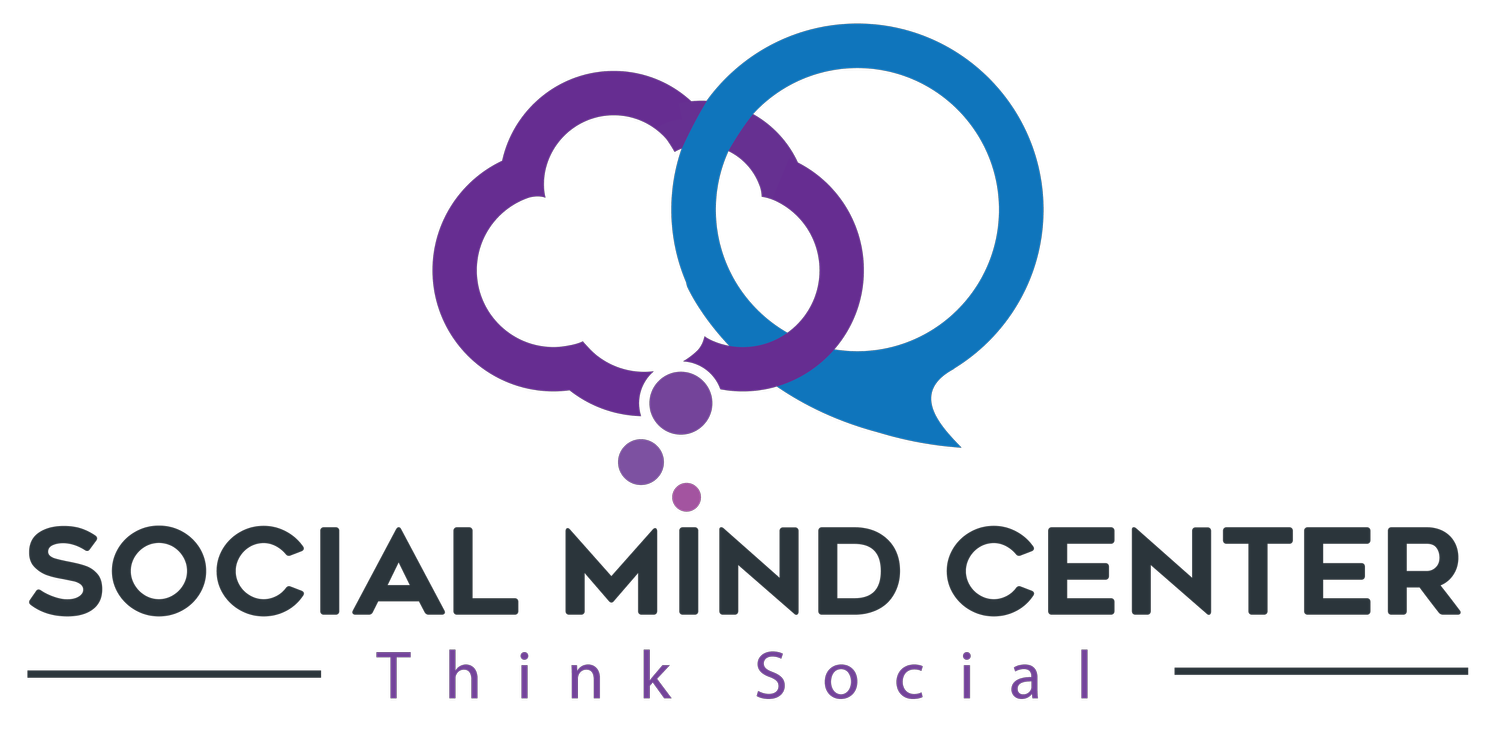DIFFERENT SKILL NOTEBOOK BACK TO SCHOOL CURRICULUM
Think
Less is More!
First, I would like to say that these are certainly challenging and overwhelming times for parents. This week I have been on the phone frequently with both parents and teachers struggling with the choices they have been given. There seems to be so much uncertainty and fear for very valid reasons. So please know that this article is not intended to minimize the current state of matters with back to school. This article is to offer you the perspective that our current educational programming can be very layered from when our children were in school for almost 8 hours. When peeling back some of these layers we can identify some foundational skills that are building blocks for all academic skills.
Thinking simply about curriculum helped me tremendously with overwhelming situations in my own personal parenting journey. I stuck to reading, writing, and math. Let’s face it, those are the skills we need in our everyday lives. So, I would explain, narrate, so to say, as I went about my routines, explaining the why, who, what, where, when, and how. This painted a clear picture to my child, to help him understand the world around him in simple terms.
Skill: Reading comprehension
Strategy: Answer W questions: why, who, what, where and why. I would also add the how does this work to the equation.
Build:
Consistently expose to material
When you think of curriculum think simple- every child needs to know how to read, write and do math. Some children need more time to acquire skills and learn. Do not complicate the process. For example, in 3rd grade curriculum shifts from learning to read, to reading to learn. Therefore, reading will be a critical component to learning. Most of your focus should go into building strong reading skills. If your child struggles with reading, then it should be an even larger part of your curriculum. Everyday you’re home learning or homeschooling should include reading, writing and math.
For children with learning differences then you break down the lessons into smaller parts. And you repeat the concepts consistently.
Daily lessons:
reading: read paragraph and review or read page and review
writing - create sentences, build up to paragraphs
math- start with a few problems daily
The key factor is to repeatedly expose child several days a week to the concepts and the material to reduce fear of tackling difficult tasks.
How do I know what level my child is on regarding reading and math? When starting this school year start by reviewing. There are great websites that list what are the academic expectations for each grade. Here is a link so you can print the academic expectations for your child’s grade.
https://www.verywellfamily.com/what-your-child-will-learn-grade-guide-620869
If your child is behind or works at a slower pace, stay on the same lesson for several days and break it down. If your child has an IEP, then you still research the expectations for your child’s grade and you determine the skill gap between expected grade level and your child’s current grade level as should be detailed in IEP. Then you work to bridge the gap. One day at a time. Think 1, 2, 3.
For example, the IEP may state that the current reading level is in grade 2 and your child is entering grade 3. Start to review and read on grade 2 and build up. Preview some of the next grades materials to see what the expectations and materials look like.
The grade levels are not as important as being consistent, exposing child to the content, and repeating the concepts. This method builds comfort, confidence, familiarity and understanding. Think:
Consistent exposure to the content. Expose daily in small bits (15-20 minutes).
Repeat the exercise in same format till understanding is achieved.
Consistent repetition creates familiarity increasing comfort and confidence with material.


